Retro Replay Review
Gameplay
Mortal Kombat delivers fast-paced, one-on-one combat that remains deceptively simple yet deep. Each fighter boasts a distinct move set, combining basic punches and kicks with special techniques that require precise joystick and button combinations. This accessibility makes the game inviting for newcomers, while nuanced timing and strategic use of low sweeps, jumping attacks, and reversals reward dedicated players.
(HEY YOU!! We hope you enjoy! We try not to run ads. So basically, this is a very expensive hobby running this site. Please consider joining us for updates, forums, and more. Network w/ us to make some cash or friends while retro gaming, and you can win some free retro games for posting. Okay, carry on 👍)
The introduction of Fatalities adds a unique layer of strategy and spectacle. Not only must you outmaneuver and outlast your opponent across rounds, but you also strive to survive long enough to unleash the gruesome finishing move. Executing a Fatality feels like a rite of passage, and memorizing each character’s gruesome finale provides additional replay value as you perfect the timing and positioning required to trigger these iconic finishers.
Mortal Kombat’s single-player ladder mode challenges you to defeat a lineup of opponents culminating in a final showdown against Shang Tsung. Each victory carries you closer to disrupting the five-century-long reign of Goro. The escalating difficulty curve keeps the tension high, while the inclusion of a two-player versus mode ensures endless competition among friends or in competitive arcade settings.
Graphics
At its release, Mortal Kombat stunned audiences with its use of digitized actors, lending an uncanny realism to each combatant. The detailed sprites, captured from live footage, give each character a distinctive look—Sonya Blade’s military precision, Sub-Zero’s icy menace, and Johnny Cage’s Hollywood flair all come through vividly. These digitized visuals establish an atmosphere that feels closer to an interactive martial-arts film than a traditional cartoon fighter.
The game’s backgrounds are equally memorable, offering exotic locales such as Thunder God’s Temple, the Living Forest, and Shang Tsung’s Island. Dynamic environmental details—sparks flying off metal girders, flickering torches, and subtle animations—enhance the immersion without ever distracting from the action in the ring. The color palette is bold, ensuring each stage has a distinct identity while maintaining the gritty, otherworldly aesthetic.
Blood effects were revolutionary for their time. Vivid red pools form under defeated fighters, and every successful hit can cause flesh-baring wounds or spurting arcs of gore. These visual flourishes shocked and delighted players, solidifying Mortal Kombat’s reputation for mature content. Even today, the bold use of blood and bone-crushing animations continues to define the series’ signature style.
Story
Behind the punches and fatalities lies a mythic narrative that sets the stage for global martial arts supremacy. Five hundred years ago, Shang Tsung corrupted the ancient Shaolin tournament, ushering in an era of darkness under the rule of Prince Goro. With Earth Realm’s fate hanging in the balance, the Thunder God Raiden has handpicked seven champions—Liu Kang, Sonya Blade, Kano, Johnny Cage, Sub-Zero, Scorpion, and Raiden himself—to reclaim victory for humanity.
This simple yet evocative tale unfolds mostly through arcade intros, victory quotes, and a few hidden endings, but it succeeds in giving each fighter a personal stake. Liu Kang seeks to avenge Kung Lao’s defeat at Goro’s hands; Sonya is out for justice against Kano’s Black Dragon syndicate; and Scorpion thirsts for vengeance against Sub-Zero. These rivalries add narrative weight to each matchup, turning every battle into an opportunity to further your chosen warrior’s quest.
While the original Mortal Kombat’s story beats are straightforward, the lore they established has become legendary. References to the island’s hidden warlord, the looming threat of an Outworld invasion, and the ancient Shaolin legacy invite players to explore beyond the arcade cabinet. For those who dive deeper into the franchise, this foundational conflict blossoms into a rich tapestry of characters, realms, and timelines.
Overall Experience
Mortal Kombat remains a landmark fighting game that revolutionized the genre. Its blend of accessible controls, strategic depth, and unforgettable presentation set a new standard for arcade titles in the early ’90s. Whether you’re a casual player drawn to its gore-fueled spectacle or a competitive gamer mastering every combo, the game offers satisfying engagement at every level.
The social draw cannot be overstated. In arcades, landing a Fatality on a friend elicited cheers (or groans), fostering a communal atmosphere around every high-stakes match. Today, playing Mortal Kombat still evokes that same thrill—whether you’re gathering around an arcade cabinet or challenging an opponent online, the rush of delivering the final blow is as potent as ever.
For newcomers, Mortal Kombat offers a striking snapshot of gaming history: a visceral, character-driven fighter whose legacy endures more than three decades later. For long-time fans, revisiting these origins underscores how the series has grown while remaining faithful to the brutal, no-holds-barred spirit that made it a phenomenon. In short, Mortal Kombat is more than just a game; it’s a cultural touchstone that continues to define what a fighting game can be.
 Retro Replay Retro Replay gaming reviews, news, emulation, geek stuff and more!
Retro Replay Retro Replay gaming reviews, news, emulation, geek stuff and more!

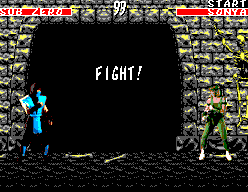


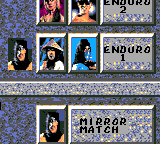
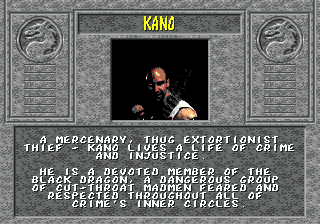
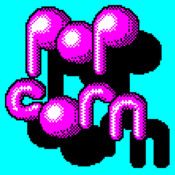
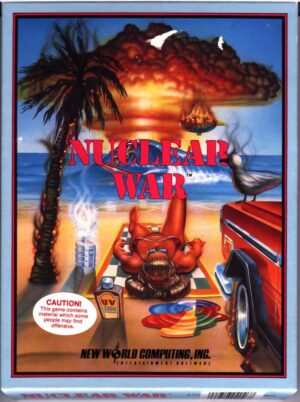

Reviews
There are no reviews yet.